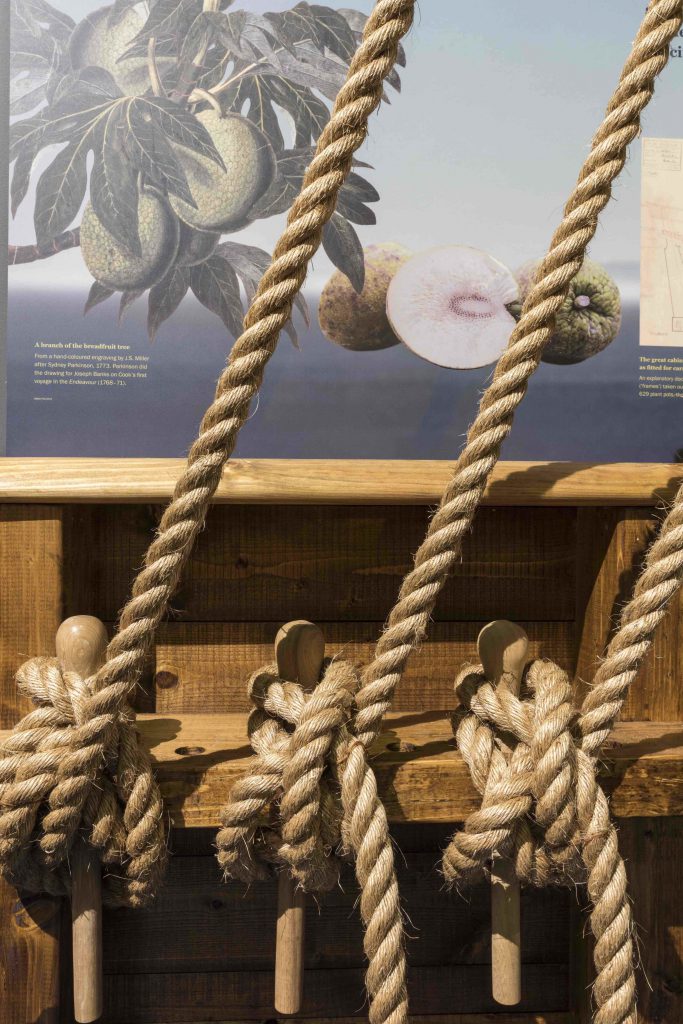

House of Representatives’ America First Caucus published a seven-page policy platform claiming that the country’s borders and culture are “strengthened by a common respect for uniquely Anglo-Saxon political traditions.” On social media, jokes about a return to trial by combat, swordfights, thatched roofs, and other seemingly Anglo-Saxon practices quickly gained traction.

Its association with whiteness has saturated our lexicon to the point that it’s often misused in political discourse and weaponized to promote far-right ideology. But as news from earlier this year has shown, it still exists as a supremacist dog whistle. Today, the term “Anglo-Saxon” is little used in mainstream American circles, perhaps as a chiding WASP label directed toward northeastern elites.
THE MYTH MUTINY PRO
In the 1920s, the Anglo-Saxon Clubs of America lobbied in favor of segregation and argued for the exclusion of those with even a drop “of any blood other than Caucasian.” In the same time frame, a Baptist minister from Atlanta declared, “The Ku Klux Klan is not fighting anybody it is simply pro Anglo-Saxon.” Across the Atlantic, in 1943, British Prime Minister Winston Churchill smugly inquired, “Why be apologetic about Anglo-Saxon superiority, that we were superior, that we had the common heritage which had been worked out over the centuries in England and had been perfected by our constitution?” invasion of Cuba with a copy of Edmond Demolins’ racist manifesto Anglo-Saxon Superiority in tow. Before becoming president, Teddy Roosevelt led his “ Rough Riders” on the 1898 U.S. People in the United States and Great Britain have long drawn on imagined Anglo-Saxon heritage as an exemplar of European whiteness.


 0 kommentar(er)
0 kommentar(er)
